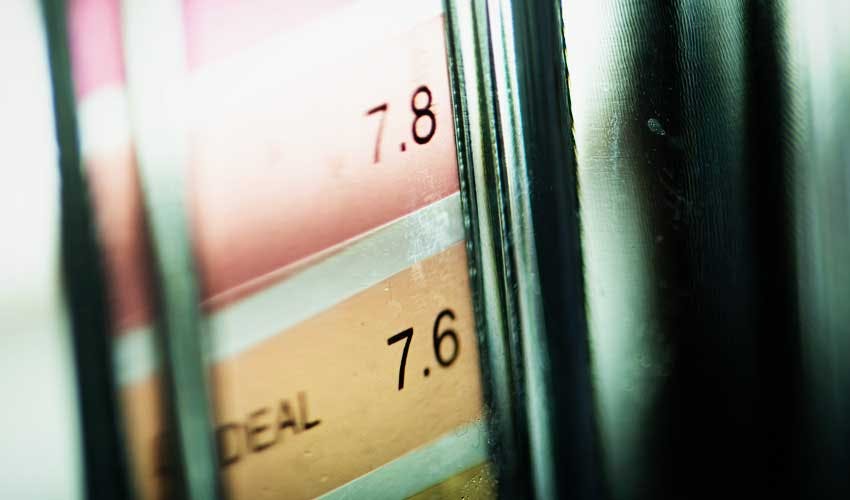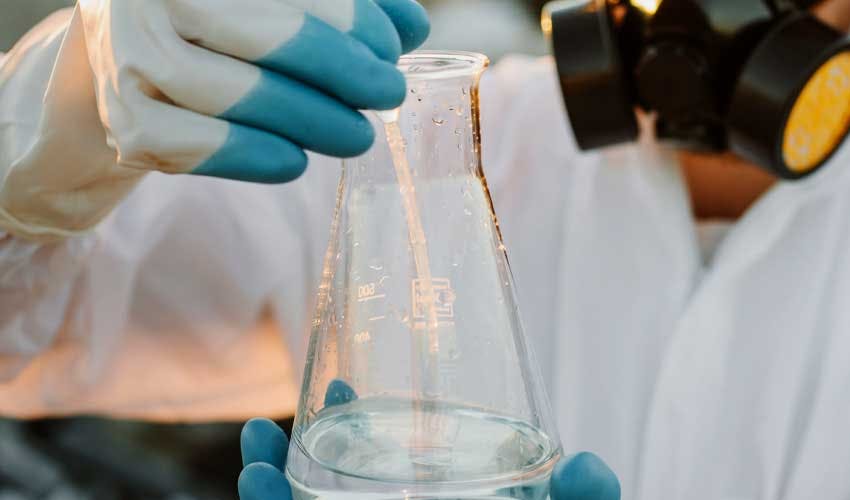The pH of water is a measure of its acidity or alkalinity. It is an essential factor that can impact the quality and safety of water for drinking, agricultural, and industrial uses. In this article, we will discuss water's pH, how it is measured, and why it matters.

What Is pH?
The term pH stands for "potential of hydrogen" and is a measure of the acidity or alkalinity of a solution. The pH scale ranges from 0 to 14, with 0 being the most acidic, 14 being the most alkaline, and 7 being neutral.
The pH of a solution is determined by the concentration of hydrogen ions (H+) and hydroxide ions (OH-) in the solution.

How Is pH Measured?
The pH of water can be measured using pH testing drops, pH meter or pH strips. pH testing drops instantly change the color of a solution based on the pH. A pH meter is a device that measures the voltage of a solution and converts it into a pH value. pH strips are small strips of paper or plastic that change color based on the pH of the solution they are dipped into.

Why Does pH Matter?
The pH of water is important for several reasons, including:
- Drinking Water Quality: The pH of drinking water can impact its taste and odor. Water with a pH between 6.5 and 8.5 is considered safe for drinking, but water outside this range may have an unpleasant taste or smell. Additionally, low pH (acidic) water can corrode pipes and leach metals into the water, posing health risks.
- Agricultural Use: The pH of water used for irrigation can impact plant growth and soil health. Soil pH is essential for nutrient availability and can impact plants' uptake of essential nutrients. Water with a high pH (alkaline) can raise the pH of the soil, making it less suitable for some crops.
- Industrial Use: The pH of water is important in many industrial processes, including manufacturing, mining, and wastewater treatment. Water with a high or low pH can impact the efficiency of these processes and may require additional treatment to meet regulatory requirements.
- Environmental Impact: The pH of water can impact aquatic ecosystems. Water with a low pH (acidic) can harm fish and other aquatic life, while water with a high pH (alkaline) can cause algae blooms and other environmental problems.

Acidic vs. Alkaline Water
Acidic water has a pH below 7, while alkaline water has a pH above 7. The ideal pH for drinking water is between 6.5 and 8.5, as water with a pH outside of this range may have negative health effects.
However, water pH for other uses may vary depending on the specific application. For example, water used for irrigation may need to have a pH in a certain range to optimize plant growth.

To Sum Up
The pH of water is an important factor that can impact its quality and safety for drinking, agricultural, and industrial uses. Water with a pH between 6.5 and 8.5 is considered safe for drinking, but water outside of this range may have an unpleasant taste or smell and pose health risks.
The pH of water used for irrigation can impact plant growth and soil health, while the pH of water used in industrial processes can impact efficiency and regulatory compliance. Understanding the pH of water is important for ensuring its safe and effective use in various applications.
Ecobud offers quality filters for alkaline water. We are focused on health and the environment. Get in touch with us.